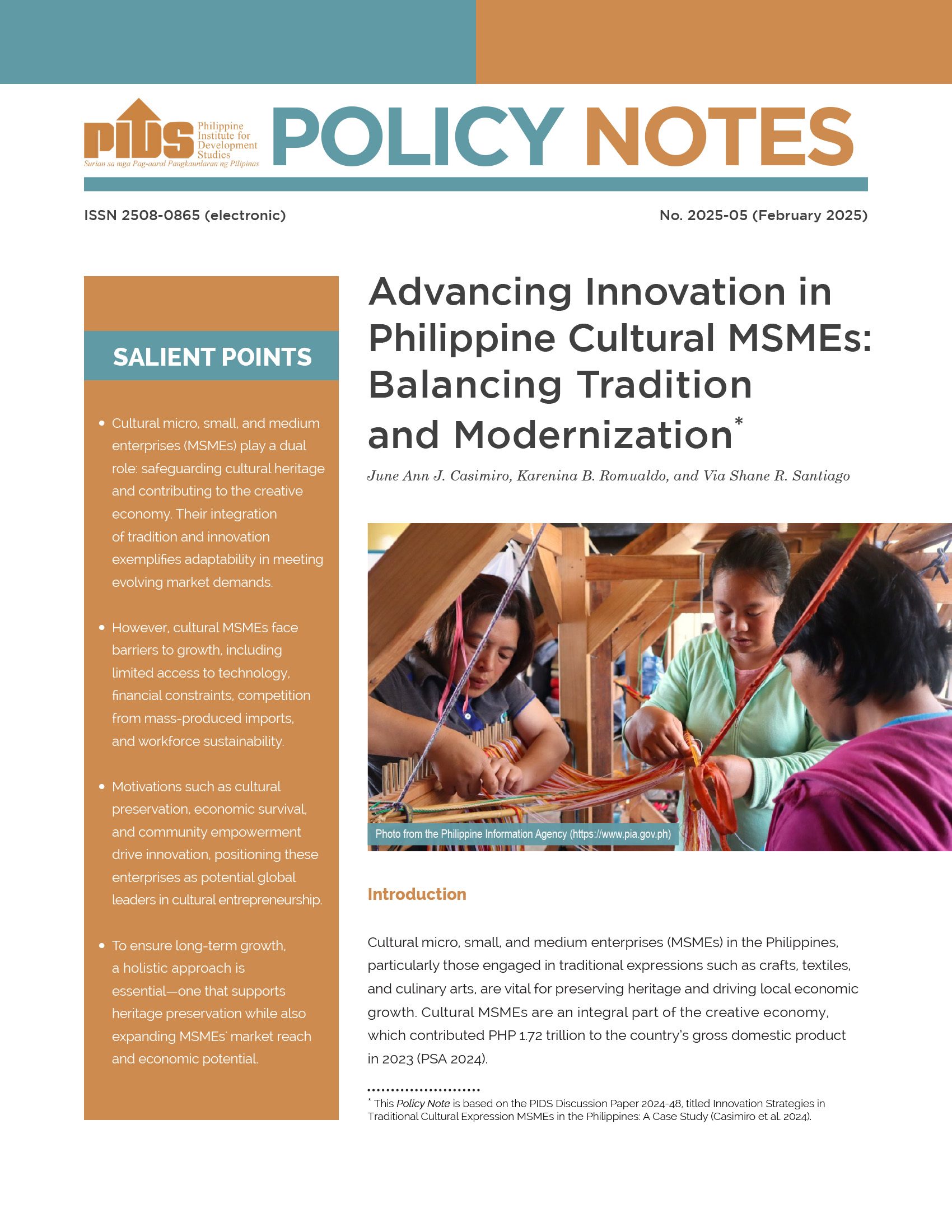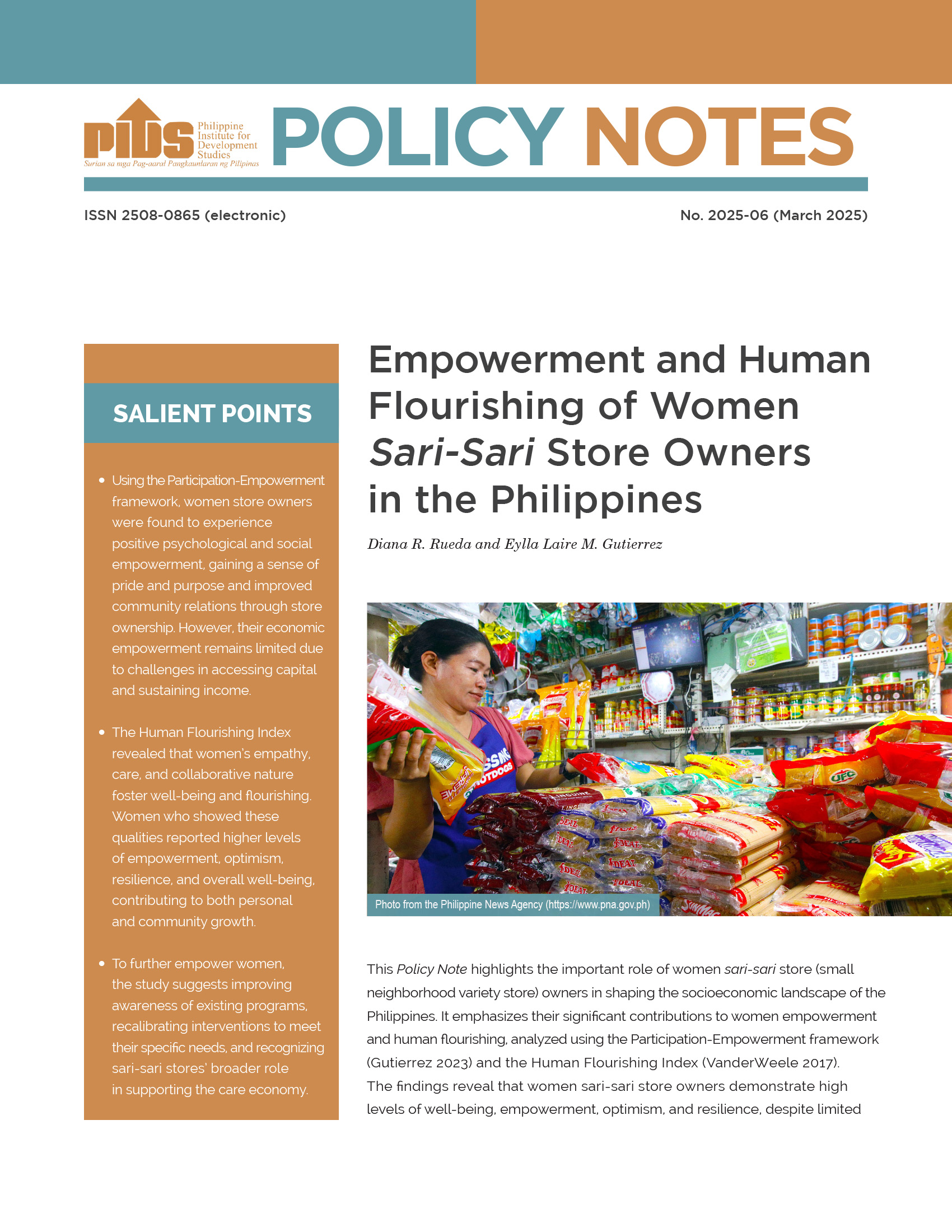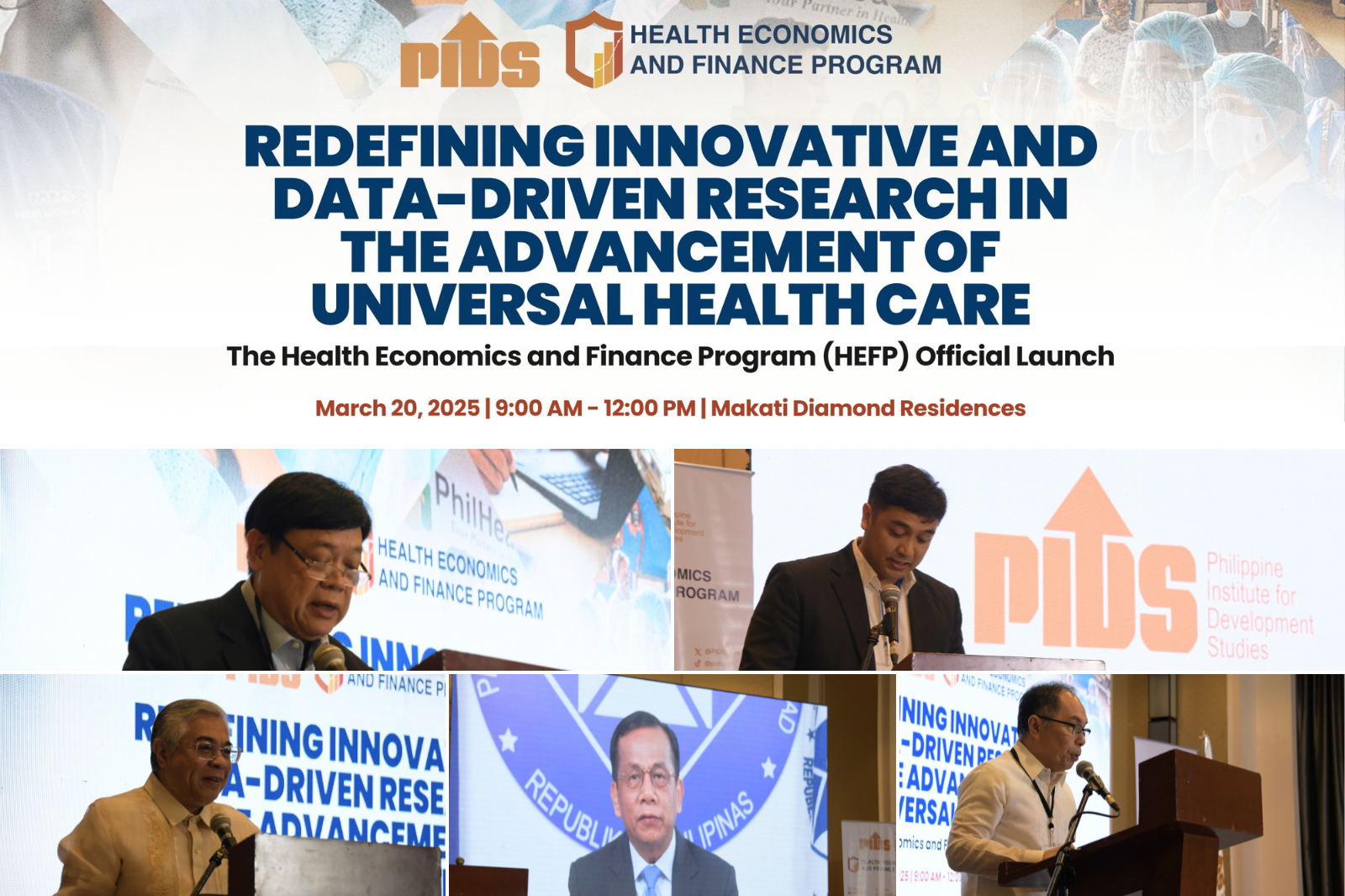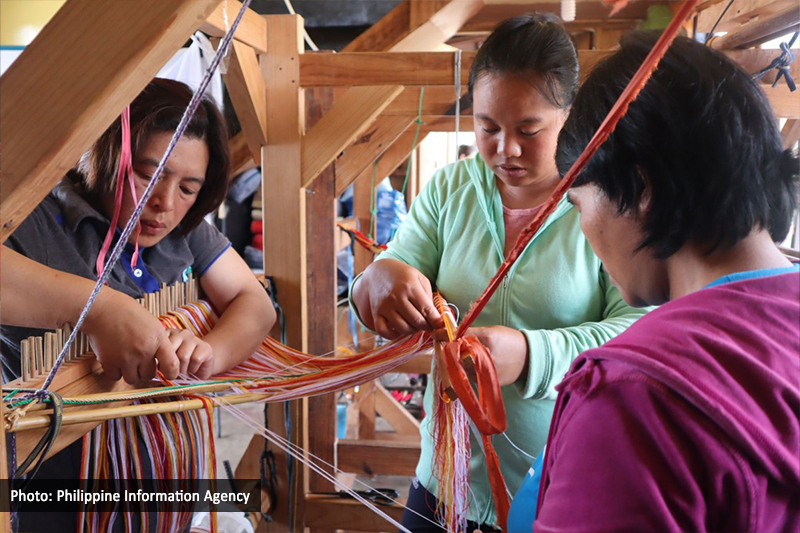Today I adopt as my column the article written by my US-based daughter Ivy Lopez Cabaltica, a lawyer, on the high cost of medicines in the Philippines:
It’s not until you need to buy medicine that you realize how expensive they are. Then you pay for the whole cost.
Filipinos’ out-of-pocket pharmaceutical spending forecast rose from $664 million to over $3.46 billion. Medicine is 33 percent of their Total Health Expenditure. Rich countries like OECD members spend 16 percent of their THE on drugs.
Filipinos pay out-of-pocket for 53.7 percent of their THE.
Generally, the more affluent a country, the higher it spends on pharmaceuticals to bring down the cost for its citizens. The Philippine government spends 15 percent on Total Pharmaceutical Expenditure. Richer countries like Thailand spend 91 percent on TPE.
The Filipino private sector finances 85 percent of the PH TPE. This is similar to other lower-mid-income Asean nations like Indonesia-85.7 percent, Vietnam-83.5 percent, and Cambodia-77.5 percent.
“Medicines account for a larger share of the health budgets in resource-constrained countries,” says the World Health Organization.
The Philippines is the third-largest pharmaceutical market in Asean worth $3.8 billion in 2017. PH pharmaceutical market is predicted to exceed $4 billion by 2020, at a compound annual growth rate of over 3.5 percent.
There is an increasing need for accessible, safe, and effective medicine due to the country’s changing lifestyle and demographics. For one, PH life expectancy is shortening at 69, where the world average is 71.4 years. The affluent nations of the OECD average 80.6 years.
“Differences in life expectancy across countries may be attributed to differences in income levels, living standards, lifestyles, education and accessibility to quality health services.”
Despite its increasing wealth, Filipinos of all ages and incomes are exposed to the same health risks found in the country. Filipinos suffer from the rise of non-communicable diseases (cerebrovascular, ischemic heart, kidney, diabetes); communicable diseases like lower respiratory infection and tuberculosis likely due to pollution; and interpersonal violence.
PH is the youngest nation in Asia with a median age of 23.4. Its biggest segment is age 25-54 (37 percent). But its growing middle class has made it vulnerable to high-income diseases and health problems brought about by inactivity, dietary risks, high blood pressure, high body mass index, tobacco and alcohol use, high total cholesterol, and failing kidneys.
Over 33 percent of PH population is below age 15, a high rate compared to its neighboring nations. This segment is vulnerable to neonatal diseases (preterm birth, sepsis, encephalopathy), respiratory diseases, and diarrhea. These conditions are prevalent in the low income households who cannot afford, nor have access to, adequate healthcare and medicine.
WHO came out with a list of 30 essential medicines to ensure a healthy population and prevent the spread of communicable diseases.
“The core list presents a list of minimum medicine needs for a basic health-care system, listing the most efficacious, safe and cost–effective medicines for priority conditions. Priority conditions are selected on the basis of current and estimated future public health relevance, and potential for safe and cost-effective treatment,” according to the WHO.
Basic medicine can easily save hundreds of lives and ease the discomfort of the sick. For instance, diarrhea is the 12th killer in the Philippines. In early 2017, diarrhea affected 1,720 Filipinos, 47 percent of which were one-year-old babies. This could easily be cured by a simple OTC drug and rehydration tablets.
But PH medicine is so expensive that an illness can put a low-income family into poverty.
“A chronic and debilitating illness hitting a middle or lower income family can be its ticket to join the ranks of the poor or remain poor, particularly if the main income earner becomes the affected member,” according to a 2017 study by Ramon L. Clarete & Gilberto M. Llanto of the Philippine Institute for Development Studies.
The Philippines has a dedicated agency that selects pharmaceuticals for procurement and reimbursement. Despite a National Drug Policy to deliver essential medicine to the general population, an estimated 30 percent still lack regular access to it.
Retail chain pharmacies dominate drug sales (80 percent), followed by non-government agencies, private practitioners (10 percent), private hospitals (8 percent), and public hospitals (2 percent).
Given the skewed pharmaceutical market share, a WHO drug study found that 15 key medicines were 100 percent available at private pharmacies but only 53 percent available at public pharmacies. But access plummets for a wider range of 44 medicines that reached only 28 percent of public facilities and 20 percent of private facilities.
Due to limited access, only 66 percent of Filipinos were able to dispense 75 percent of prescribed medicine.
The PH pharmaceutical supply outweighs the demand since there are more drug suppliers than buyers. This is largely due to an uninformed public, a majority of which are below the poverty line who cannot afford medicine.
“While the Philippines is potentially a large home market as well, at least one in every five Filipinos do not have the purchasing power, rendering the effective national demand for medicines low,” according to PIDS.
There are 15 multinational pharmaceuticals who control 66 percent of total industry sales, while 30 percent go to Filipino companies.
Multinational pharmaceutical companies are heavily dependent on imports of active ingredients and technology that they become mere traders of finished and raw drugs. Some multinational pharmaceuticals are purely importers. Most hire the manufacturing services of InterPhil, a giant toll manufacturer, which is a locally-owned subsidiary of the multinational Manchester Holdings. Second, these companies subcontract a very small portion of their drugs to local toll manufacturers like Hizon Laboratories, Swiss Pharma, and Euro-Med Laboratories. (Makati Business Club)
The Philippines has over 500 drug traders, 700 drug importers, and 5,000 drug distributors.
The DoH has a medicine access program to guarantee medicine to a particular group or segment of the population. Drugs are delivered directly to specific facilities deemed included, such as breast cancer, newborns, or mental health.
Facilities excluded from the DoH special programs rely on LGUs to fund their own medicine purchase and supply. LGUs cannot afford such an endeavor so health providers and patients rely on the private sector to provide the medicine for sale. However, 80 percent of retail chain pharmacies are located in major cities so the distant rural regions hardly have access to any form of medication.
biznewsasia@gmail.com












